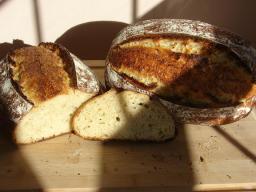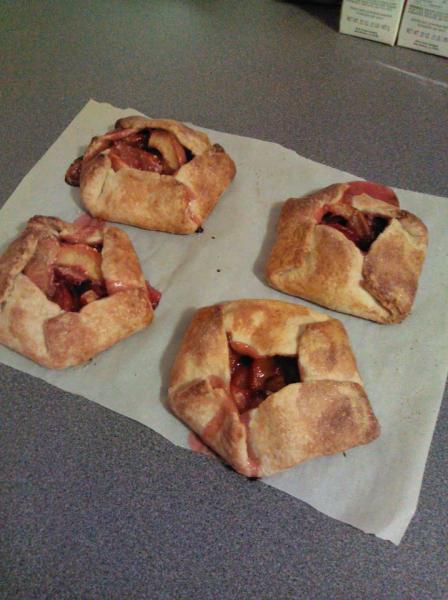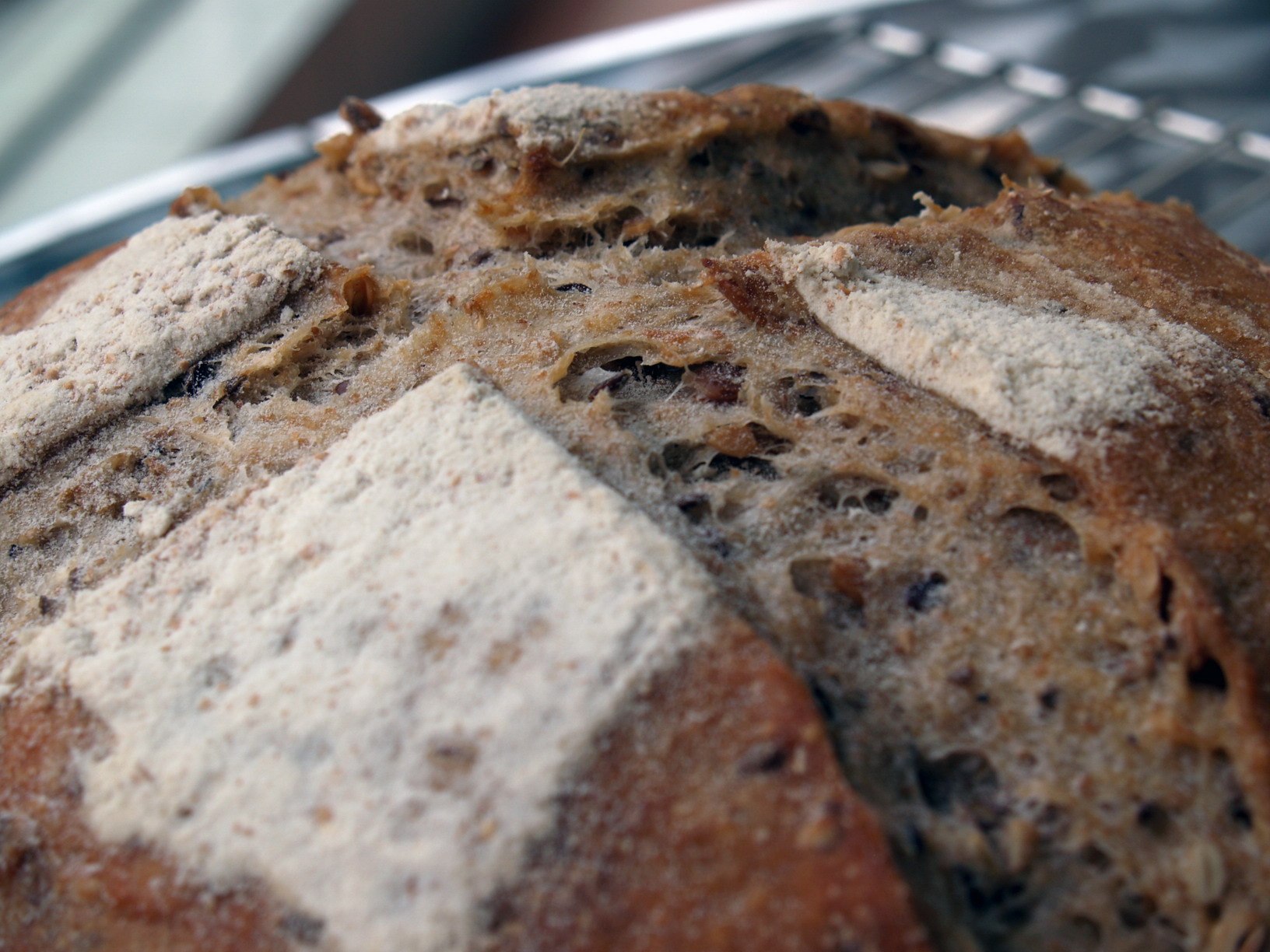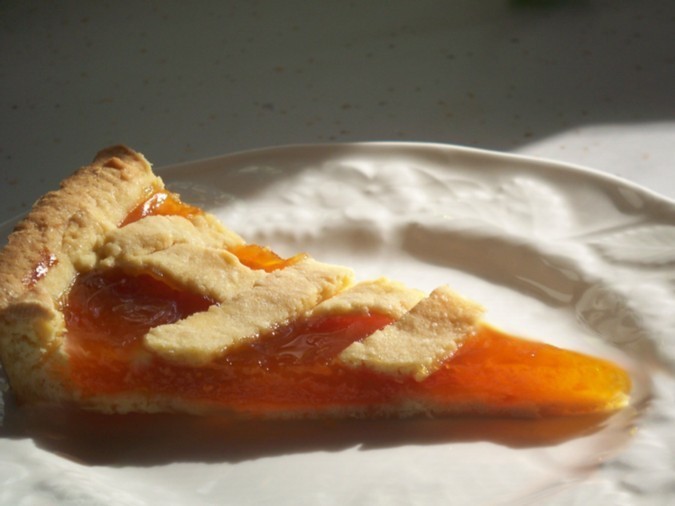Recipe from Bernard Clayton's New Complete Book of Bread - White Bread Chapter

I have an interesting bake last night. This bread is very very tasteful, with the caraway seeds, brown sugar, and orange zest. The taste is exceptional. Somehow, this reminds me of gripe water that we give to babies. Very very refreshing taste...if you are one of those that like caraway seeds, try this...
Ingredients:
3/4 cup water
2 tbsp brown sugar
Zest of 1 orange, grated
1 tablespoon of butter
1 tsp caraway seeds
1 package yeast
2 cups of bread flour
1. Boil water, sugar, orange, butter and caraway seeds for 3 minutes.
2. Mix 1 cup of flour, yeast and the boiled ingredients (after cooled).
3. Knead well and let it rise for 1 hour.
4. Add rest of flour slowly and knead well.
5. Shape into loaf pan and let proof for 1 hour.
6. Bake at 180 degrees celsius for 1 hour
This bread is so easy to eat, we had ate 3/4 loaf in the morning. Eat it plain or just put tuna, taste just as a good...












